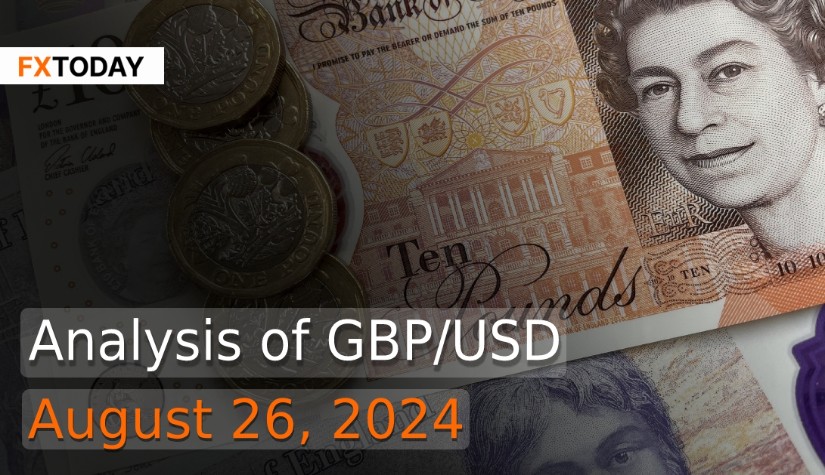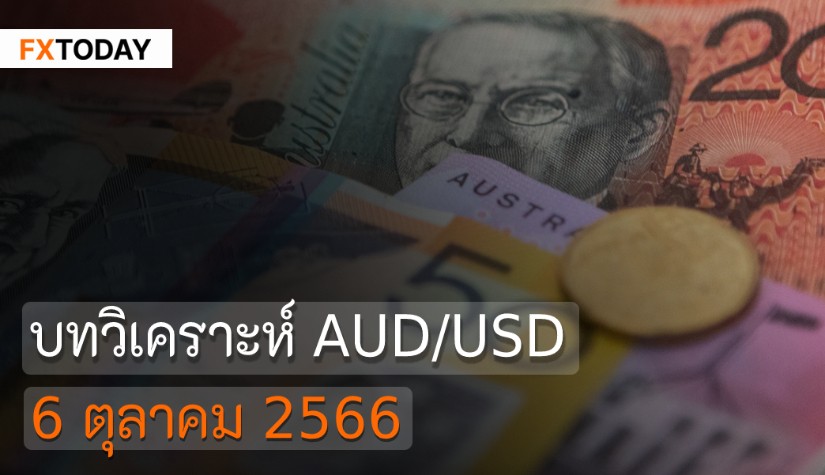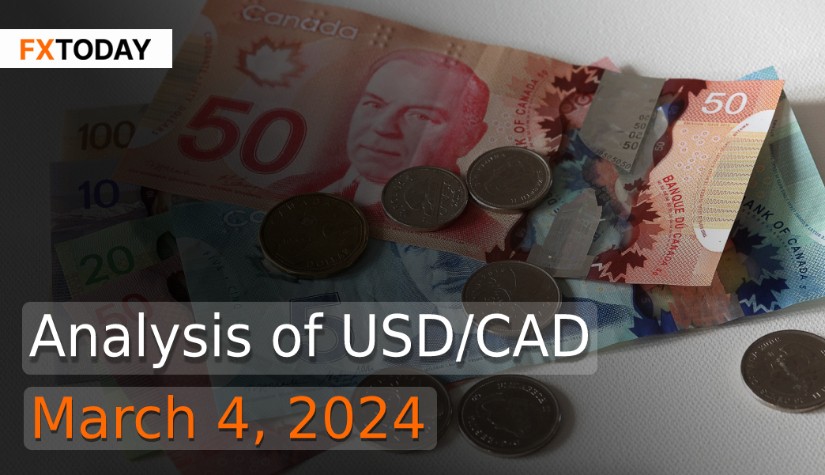Sterling Hits Two-Year High Against Dollar Amid BoE Optimism and Fed's Dovish Signals
Sterling surged to its highest level against the U.S. dollar in over two years on Friday, buoyed by a combination of positive economic signals from the UK and dovish comments from Federal Reserve Chair Jerome Powell, which weakened the dollar across global markets. The pound rose by 0.94%, reaching $1.3211 in the afternoon, and briefly touched $1.32295, marking its highest point since late March 2022 and surpassing its 2023 peak of $1.3144.
This rally in the pound was also supported by a survey indicating that British consumer confidence held steady at an almost three-year high in August, reflecting optimism about personal finances and major purchases. This positive sentiment is part of a broader trend of stronger-than-expected UK economic data, and led to speculation that the Bank of England (BoE) may not need to rush into cutting interest rates, in contrast to expectations for the U.S. Federal Reserve.
The BoE had recently cut its Bank Rate to 5.00% from a 16-year high of 5.25%, and market expectations suggest at least one more rate cut this year. However, UK inflation remains a concern, and BoE Governor Andrew Bailey is set to address these issues in an upcoming speech, where his remarks will be closely scrutinized by markets.
UK business activity also showed signs of acceleration in August, with the S&P Global Composite Purchasing Managers' Index rising to the highest since April. This indicates that the UK economy may continue to grow in the second half of 2024, despite a slowdown from the first half of the year.
Britain's economy grew by 0.6% in the second quarter of 2024, following a 0.7% expansion in the first quarter, marking its fastest growth in over two years. However, growth slowed in June, with monthly output flatlining, impacted by factors like heavy rain and a doctor's strike.
Moreover, uncertainty surrounding the July 4 election, where the Labour Party won a significant majority, may have also contributed to the economic slowdown in June. Analysts noted that while the UK economy performed well in the first half of the year, sustained growth would require increases in incomes and investment.
Despite the strong start, the Bank of England's growth forecast for the rest of 2024 remains cautious, expecting slower growth in the third and fourth quarters. Britain's overall economic performance has been modest since the COVID-19 pandemic, with output per head still below pre-pandemic levels due to weak growth and a rising population.
However, despite these positive indicators, the UK economy still faces challenges. Manufacturing output has been sluggish, and inflation, although lower than in previous months, remains above the BoE's target.
Inflation saw a slight increase in July, rising to 2.2%, slightly below expectations. The Bank of England anticipates that inflation will rise further before returning to its target in 2026. While inflation pressures appear to be easing, the BoE remains cautious about future interest rate cuts, especially given ongoing wage growth and labor market dynamics. Wage growth has slowed, and the jobless rate has unexpectedly dropped. However, private sector pay continues to grow at a pace that could complicate efforts to bring inflation down to the BoE's 2% target.
The U.S. dollar has been trading near its lowest levels in 13 months and has weakened against the British pound, nearing levels last seen in March 2022. The dollar's weakness was further influenced by Federal Reserve Chair Jerome Powell's clear signal that an anticipated U.S. interest rate cut is likely to occur next month.
In his keynote speech at the Kansas City Fed's annual economic conference in Jackson Hole, Wyoming, Federal Reserve Chair Jerome Powell indicated that the Federal Reserve is ready to shift its monetary policy toward cutting interest rates, given the evolving economic landscape. Powell stated that "the time has come for policy to adjust," highlighting a decrease in inflation risks and an increase in risks to employment as the key factors driving this change in stance.
Powell emphasized that while inflation has shown signs of being on a "sustainable path back to 2%," the Fed is cautious about further weakening the labor market. He underscored the importance of maintaining a strong labor market as the Fed continues its efforts to stabilize prices. Powell made it clear that the Fed does not seek or welcome further cooling in labor market conditions.
During his speech, Powell noted that the Fed's future actions, including the timing and size of rate cuts, will depend on incoming economic data and the balance of risks.
Following Powell's remarks, market expectations for a rate cut at the Fed's September 17-18 meeting increased, with traders pricing in a 65% chance of a quarter-percentage-point cut. Some even speculated about the possibility of a larger, 50-basis-point cut, especially if upcoming economic data, such as the August jobs report, shows further signs of labor market weakness. Powell's speech suggested that the Fed now has "ample room" to reduce borrowing costs to support the economy, particularly as inflation risks have eased.
Moreover, the speech also had broader implications, with markets adjusting their expectations for future rate cuts. Traders now anticipate that the Fed's policy rate could drop to the 3.00%-3.25% range by the end of 2025, more than two percentage points below its current level.
Meanwhile, sales of new U.S. single-family homes surged in July, reaching their highest level in over a year, driven by lower mortgage rates that boosted demand. The Commerce Department's Census Bureau reported a 10.6% increase in new home sales, the highest since May 2023 and the sharpest monthly rise since August 2022.
In related economic news, the upcoming Personal Consumption Expenditures (PCE) price index, a key inflation measure for the Federal Reserve, will be closely watched. As a result, the GBP/USD pair may continue to fluctuate within its current range and the upper range during this period.
Data for Technical Analysis (1H) CFD GBP/USD
Resistance : 1.3212, 1.3214, 1.3217
Support : 1.3206, 1.3204, 1.3201
1H Outlook
Source: TradingView
Buy/Long 1 If the support at the price range 1.3191 - 1.3206 is touched, but the support at 1.3206 cannot be broken, the TP may be set around 1.3212 and the SL around 1.3184, or up to the risk appetite.
Buy/Long 2 If the resistance can be broken at the price range of 1.3212 - 1.3227, TP may be set around 1.3230 and SL around 1.3199, or up to the risk appetite.
Sell/Short 1 If the resistance at the price range 1.3212 - 1.3227 is touched, but the resistance 1.3212 cannot be broken, the TP may be set around 1.3203 and the SL around 1.3234, or up to the risk appetite.
Sell/Short 2 If the support can be broken at the price range of 1.3191 - 1.3206, TP may be set around 1.3176 and SL around 1.3219, or up to the risk appetite.
Pivot Points Aug 26, 2024 03:12AM GMT
|
Name
|
S3
|
S2
|
S1
|
Pivot Points
|
R1
|
R2
|
R3
|
|---|---|---|---|---|---|---|---|
| Classic | 1.3195 | 1.3201 | 1.3203 | 1.3209 | 1.3212 | 1.3217 | 1.322 |
| Fibonacci | 1.3201 | 1.3204 | 1.3206 | 1.3209 | 1.3212 | 1.3214 | 1.3217 |
| Camarilla | 1.3205 | 1.3205 | 1.3206 | 1.3209 | 1.3208 | 1.3209 | 1.3209 |
| Woodie's | 1.3195 | 1.3201 | 1.3203 | 1.3209 | 1.3212 | 1.3217 | 1.322 |
| DeMark's | - | - | 1.3203 | 1.3209 | 1.3211 | - | - |
Sources: Investing 1, Investing 2
















